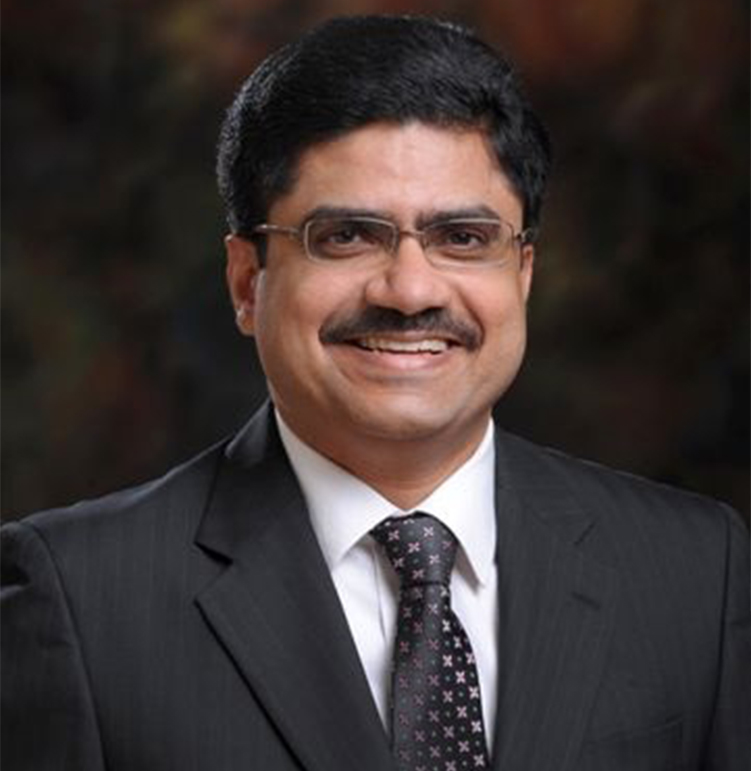The Confederation of Indian Textile Industry (CITI) organized a press meeting on 23rd August 2023 to deliberate on the issues concerning the hindrances in the growth of the T&A industry vide the topic “Textile Industry Issues and Outlooks”. This meet was organized in association with the South India Mills Association (SIMA), The Cotton Textiles Export Promotion Council (TEXPROCIL), Synthetic & Rayon Textiles Export Promotion Council (SRTEPC) and Apparel Export Promotion Council (AEPC).
The industry shared its outlook for the coming months as also the reasons for the stagnation in production and trade in the past few months. The industry is very confident that the inherent strengths of India’s Textile Industry- Its good raw material base, skilled workforce, improved global positioning, and growing strategic alliances. These will help India bounce back strongly to become a US$ 350 bn industry in the coming years. The government of India is taking considerable policy measures to strengthen the Indian Textile and apparel Sector. The presentation made during the Meet is enclosed herewith. A summary of the views expressed in this meeting by the respective association chairman is as below:

“Government should consider removing the 11% import duty from the cotton, if not all, then at least from the Extra Long Staple (ELS) cotton till the time it has adequate domestic availability. At present ELS is being imported to make high-quality Fabrics and Apparels which are meant for Export purposes. ELS imports accounts to only 5-7% of India’s total cotton production which under most optimistic scenario can go to a maximum of 15% only and hence will not affect the interest of domestic cotton cultivators.” He also said “Textile industry is facing financial stress due to slow demand and price volatility of inputs in the recent past and Government is requested to come up with adequate financial measures to provide relief to the industry including a one-year moratorium for repayment of the principal amount and Converting three-year loans under ECLGS into six-year term loans”
Mr. T Rajkumar, Chairman, CITI
“As far as exports of cotton textiles is concerned, we have amplified the need to ensure the supply of raw material and capacity building for better productivity and yield. There are a set of projects approved by the Ministry of Textiles, Government of India to increase the production and quality of cotton in India. Industry is also pursuing the Government for TMC 2.0 and our emphasis is more on seed technology as improvised seeds will increase the income of the farmer.”
Mr. Sunil Patwari, Chairman, Texprocil
“For improving the quality and production of cotton there should be a total embargo on the illegal seeds. In order to provide a level playing field and enabling the Industry to procure cotton as per International rates, Government should remove duty from cotton at least for six months during April to September. It’s the right time for the Government to reduce Hank Yarn Obligation to provide relief to spinning sector.”
Mr. Ravi Sam, Chairman, South India Mills Association
“Industry is confident that the inherent strengths of India’s Textile Industry- Its good raw material base, skilled workforce, improved global positioning and growing strategic alliances. These will help India bounce back strongly to become a US$ 350 bn industry in the coming years.
We have a legendary growth opportunity in India and the Government of India is also taking considerable policy measures to strengthen the Indian Textile and Apparel Industry. Achieving this target is not a difficult task, provided all policymakers and stakeholders join hands to bring more investment in the sector. The Government should develop PLI 2.0 with a reduced threshold and wider product basket so that even the MSME can benefit from the scheme. QCOs is a welcome step but they must be applied judiciously and should not be centred at one point of the value chain which at present is Fibre. Government should start implementing the QCOs from the Garmenting Stage as it is the ultimate product used directly by the consumers”
Rakesh Mehra, Dy Chairman, CITI
“We need to have more players in manmade fibre textile exports in addition to the existing exporters. There is a need of an improvised ATUF scheme, and PLI 2.0 to be implemented at the earliest so that more players from the manmade fibre sectors can enter the exports. We request Government to notify more HS codes for Technical Textiles to cover the entire product range and the industry is keenly looking on the forthcoming FTA’s with EU, UK and Canada.
Mr. A. Ravikumar, Executive Director, SRTEPC